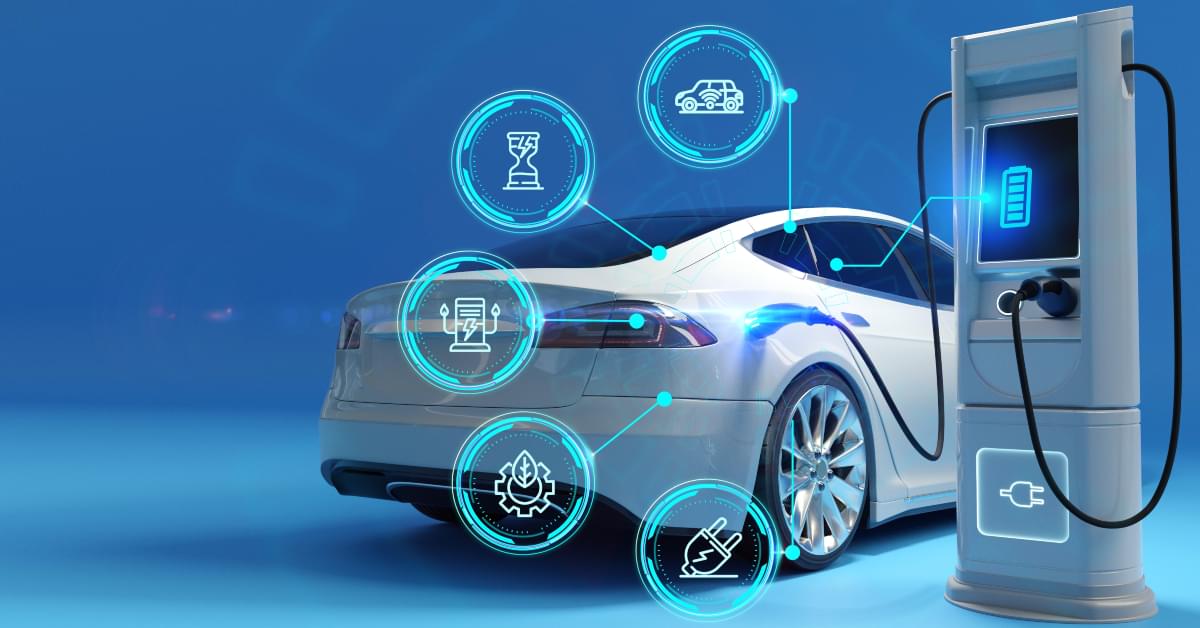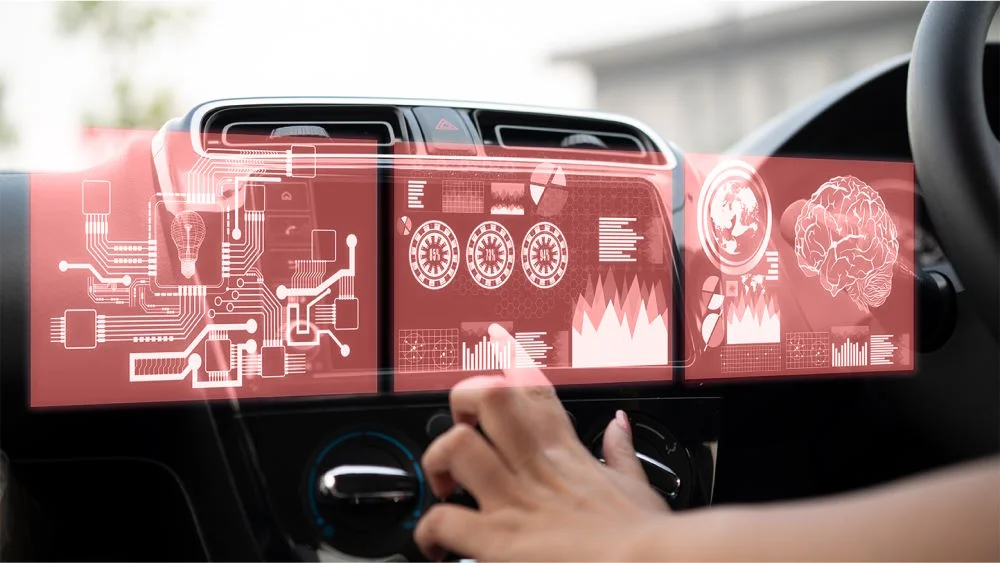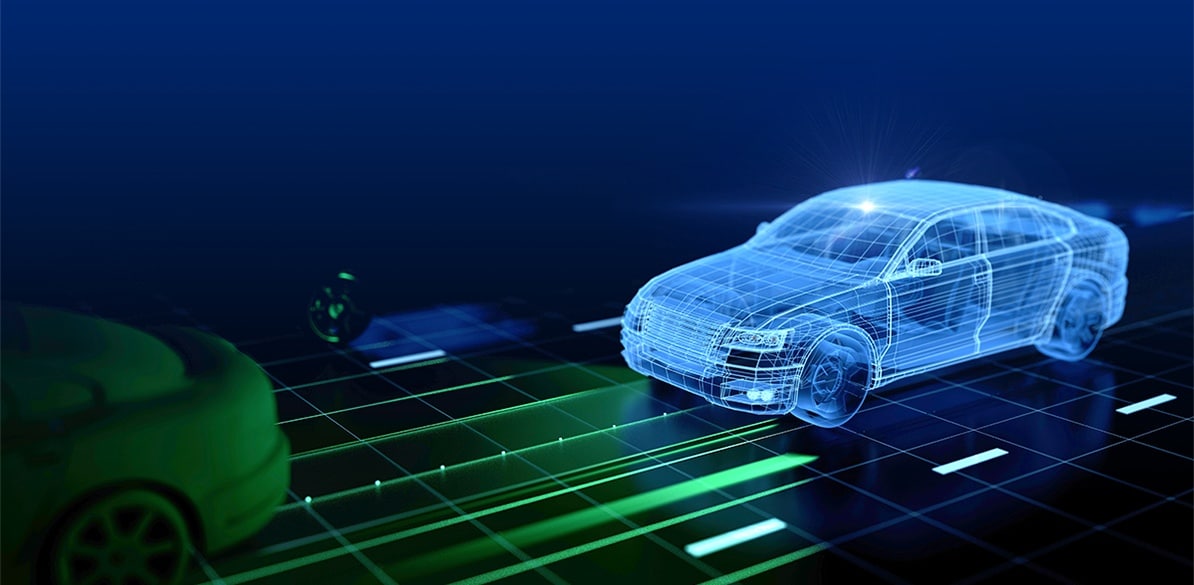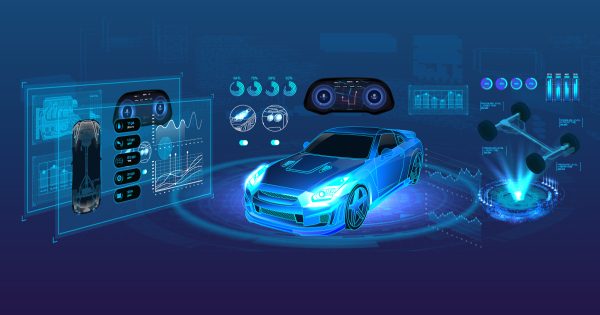Top 10 Auto Industry Trends Shaping 2024
Discover the leading 10 auto industry trends of 2024, revolutionizing how we think about transportation and technology.

The auto industry trends of 2024 are shaping up to revolutionize the way we think about transportation and technology. As we step closer to the future, these trends highlight a significant shift towards sustainability, connectivity, and automation in the automotive sector. From electric vehicles gaining more ground to autonomous driving capabilities becoming increasingly sophisticated, the landscape of the auto industry is set for drastic changes. This article will delve into the top 10 trends that are poised to redefine automotive standards and consumer expectations in 2024.
Top 10 Auto Industry Trends Shaping 2024
In the journey towards a more innovative and sustainable automotive future, several key trends emerge as the driving forces behind the evolving car industry. The following list brings into focus the trends that are not just fleeting, but are instead steadily shaping the roadmap of the auto sector as we know it.
List of Top Choices
- Electric Vehicles (EVs): A surge in popularity
- Autonomous Driving: Increasing safety and convenience
- Connected Cars: Enabling smarter features
- Shared Mobility: Changing the ownership model
- Subscription Models: An alternate approach to car ownership
- Sustainable Materials: Prioritizing eco-friendliness
- Advanced Driver Assistance Systems (ADAS): Enhancing on-road safety
- Personalization: Customizing the driving experience
- Vehicle-to-Infrastructure (V2I) Communication: Smoothing out traffic flow
- Software-Defined Vehicles: The rise of updateable cars
Electric Vehicles (EVs): A surge in popularity

- Reduced emissions contribute to a healthier environment.
- Advancements in battery technology extend driving ranges.
- Government incentives and subsidies make EVs more accessible.
Electric Vehicles (EVs) are at the forefront of the auto industry trends for 2024, with their popularity soaring higher than ever. This surge is largely driven by the global push for cleaner, more sustainable modes of transport. As battery technology evolves, EVs now offer longer driving ranges, addressing one of the early concerns around electric cars. Furthermore, various governments worldwide are supporting the shift towards electric with enticing incentives, making EVs not only a practical choice for consumers but also an environmentally responsible one.
Autonomous Driving: Increasing safety and convenience

- Self-driving cars promise to reduce road accidents.
- Enhances mobility for the elderly and disabled.
- Autonomy levels range from semi to fully autonomous vehicles.
Autonomous driving technology is another key trend shaping the automotive landscape in 2024. The march towards self-driving cars aims to dramatically increase road safety by reducing human error, which is a leading cause of accidents. Not only does this technology offer the promise of safer roads, but it also opens up new possibilities for enhancing mobility, particularly for the elderly and disabled populations. As we move into 2024, we can expect vehicles to achieve higher levels of autonomy, bringing us closer to a future where cars can drive themselves with minimal human intervention.
Connected Cars: Enabling smarter features

- Integrated internet connectivity allows for over-the-air updates.
- Real-time data collection enables improved diagnostics and maintenance.
- Enhanced infotainment systems provide richer user experiences.
Connected cars, equipped with internet connectivity, are transforming the driving experience by offering smarter, more convenient features. These vehicles leverage real-time data to enable over-the-air updates, much like smartphones, ensuring that the latest software and improvements are always at the driver’s disposal. This connectivity also plays a pivotal role in diagnostics and maintenance, promising to reduce the time and cost associated with car repairs. Additionally, the infotainment systems in connected cars are becoming more sophisticated, offering enhanced navigation, communication, and entertainment options for passengers.
Shared Mobility: Changing the ownership model

- Ride-sharing and carpooling services offer alternatives to vehicle ownership.
- Contributes to reduced traffic congestion and pollution.
- Flexible mobility options cater to changing consumer preferences.
The rise of shared mobility services is redefining traditional car ownership models. With the advent of platforms offering ride-sharing and carpooling, individuals are increasingly opting for these flexible and cost-effective transportation options. This trend is not only driven by economic factors but also by a growing awareness of environmental issues, as shared mobility has the potential to significantly reduce traffic congestion and pollution levels. As we move towards 2024, expect shared mobility to become even more ingrained in urban transportation systems, shaping the way cities plan and manage their mobility solutions.
Subscription Models: An alternate approach to car ownership

- Monthly subscriptions offer access to a variety of vehicles.
- Eliminates long-term financial commitments and depreciation concerns.
- Includes insurance, maintenance, and other services for hassle-free usage.
Subscription models are emerging as a compelling alternative to traditional car buying and leasing. By paying a monthly subscription fee, customers can gain access to a fleet of vehicles, allowing them to drive different models according to their changing needs and preferences. This approach not only eliminates concerns around depreciation but also frees the subscriber from long-term financial commitments associated with owning a car. Furthermore, these subscriptions often include insurance, maintenance, and other services, making it a hassle-free option for consumers. As we head into 2024, car subscriptions are set to become more popular, offering unparalleled flexibility and convenience to drivers.
Sustainable Materials: Prioritizing eco-friendliness

- Eco-friendly materials in production reduce carbon footprint.
- Innovative use of recycled and biodegradable materials in car manufacturing.
- Enhances vehicle sustainability throughout the lifecycle.
The shift towards sustainable materials in vehicle production is a significant trend shaping the auto industry as we approach 2024. Auto manufacturers are increasingly turning to recycled, biodegradable, and eco-friendly materials to construct everything from the car’s interior to its exterior components. This trend reflects a growing commitment to reducing the automotive sector's environmental impact, aiming not just for cleaner operation on the road but also for eco-consciousness in the production phase. As this trend matures, it encourages a more sustainable lifecycle for vehicles, underscoring the industry’s broader push towards environmental responsibility.
Advanced Driver Assistance Systems (ADAS): Enhancing on-road safety

- Technologies like lane-keeping assist and automatic emergency braking improve safety.
- ADAS systems reduce the likelihood of human error while driving.
- Continuous advancements in sensors and software increase system capabilities.
Advanced Driver Assistance Systems (ADAS) are becoming increasingly sophisticated, significantly enhancing road safety. By integrating technologies such as lane-keeping assist, adaptive cruise control, and automatic emergency braking, these systems help in preventing accidents and reducing the likelihood of human error. The advancements in sensor technology and software algorithms are continuously expanding the capabilities of ADAS, making vehicles safer for everyone on the road. As we edge closer to 2024, expect these systems to become a standard feature in new vehicles, further bolstering the auto industry's commitment to safety.
Personalization: Customizing the driving experience

- Advanced customization options for vehicle features and functionalities.
- User profiles can adjust settings according to individual preferences automatically.
- Technology allows for personalized infotainment and comfort settings.
Personalization is reinventing the driving experience by allowing drivers to tailor their vehicles to their specific preferences. From the interior ambiance to dashboard displays and infotainment systems, cars are increasingly designed to adapt to individual user profiles. This capability not only enhances comfort and enjoyment but also makes it possible for multiple drivers of the same vehicle to enjoy a customized experience tailored just for them. As technology continues to evolve, the level of personalization available in vehicles will only grow, making the driving experience more enjoyable and individualized as we move into 2024.
Vehicle-to-Infrastructure (V2I) Communication: Smoothing out traffic flow

- Enables vehicles to communicate with traffic infrastructure.
- Promises to improve traffic management and reduce congestion.
- Incorporates real-time data for dynamic route optimization.
Vehicle-to-Infrastructure (V2I) Communication is set to revolutionize how traffic flows within urban environments. This technology allows vehicles to 'talk' to traffic signals, signs, and other infrastructures, enabling smarter traffic management systems that can reduce congestion and enhance safety. The potential for V2I to incorporate real-time data into dynamic route optimization and traffic light coordination offers a glimpse into a future of more intelligent and efficient urban mobility. By the time we enter 2024, expect V2I Communication to begin making tangible impacts on reducing urban traffic issues and paving the way for more synchronized and smart road networks.
Software-Defined Vehicles: The rise of updateable cars

- Heavy reliance on software for vehicle functionalities.
- Over-the-air updates introduce new features and fix issues.
- Flexibility to evolve capabilities and services based on user demand.
Software-Defined Vehicles represent a profound shift in how cars are conceived, moving away from being primarily hardware-driven to being defined by software. This paradigm shift means that cars can now receive over-the-air updates to introduce new functionalities, improve existing features, or fix issues, much like a smartphone. Such flexibility not only extends the vehicle's relevance and lifespan but also enables manufacturers to evolve the car’s capabilities and services based on real-time user data and feedback. As we approach 2024, the era of software-defined vehicles promises to transform the automotive landscape, offering unprecedented levels of customization, innovation, and adaptability.
In conclusion, the automotive industry in 2024 is set to be defined by trends that prioritize sustainability, safety, efficiency, and personalization. These trends not only reflect the evolving technological landscape but also the changing values and priorities of consumers. From electric vehicles and advanced driver assistance systems to personalization and software-defined vehicles, the trajectory of these trends is clear: a future where cars are more environmentally friendly, safer, and tailored to the individual's needs and preferences. As we embrace these transformations, the road ahead looks both exciting and promising for the auto industry.
What's Your Reaction?































































